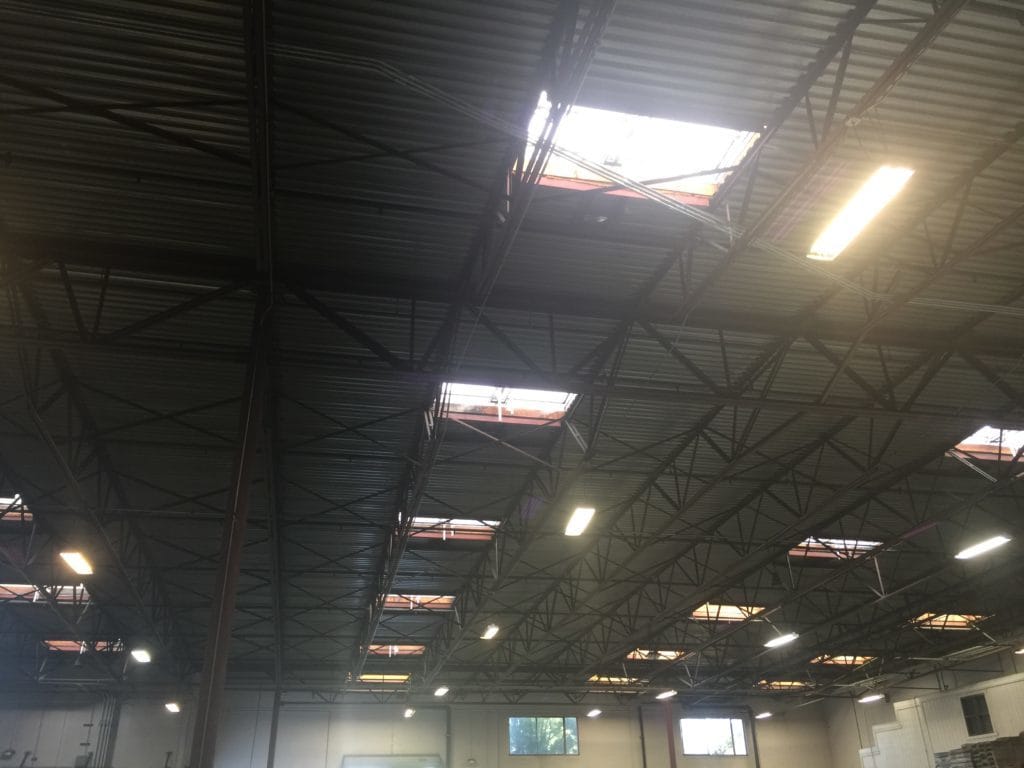Industrial Energy Saving Tactics
Whether you are forging steel, canning vegetables, or refining oil, you need to be thinking about industrial energy saving. By reducing the amount of energy consumed, your plant will be able to better maintain its competitiveness. Your ventilation system is just tactic you can take to save energy.
Natural Ventilation

Natural ventilation systems represent one of the most common and oldest methods for obtaining clean airflow. Industries throughout the world utilize natural ventilation to cool their facilities. Using the natural forces of air pressure and wind to cool a space, saves the energy that would otherwise be used. In certain buildings, a natural system can totally eliminate ventilation costs
Utilizing ventilators to bring the cool outside air into the building, while eliminating contaminated and heated air through vents in the roof, a cooler work environment is created. Focusing on how the air naturally moves through a building, can make the workspace cooler. Furthermore, when workers stand directly in the path of the cool air flow it improves worker conditions and comfort. This ensures that the workers stay comfortable even during the hottest times of the day. Natural ventilation is the ultimate green energy ventilation.
Powered Ventilation
While all fans require energy to operate, certain fan systems will consume a lot more energy. For instance, a high-quality fan will be more efficient than a cheaper, lower quality one. More reliable motors and quality parts like belts, will require less maintence.
Secondly, the right fan set-up can make a huge difference in overall performance. Moving a fan a few feet can have a huge impact on the building’s temperatures and the overall system performance. Ensuring that your fans are working efficiently is a game changer in terms of energy costs.
Bonus Energy Savings

In addition to lowering energy bills through ventilation, a new solution can help you save in other ways too. For instance, many natural ventilators also double as day lighting devices. Sometimes, this is so much daylight that a plant can turn-off the work lights during the day.
Additionally, extra fresh air can even improve equipment efficiency too. For example, a turbine engine will operate more efficiently if it is being supplied with a steady stream of fresh air. Other machinery will achieve similar benefits under the right conditions.
Industrial Energy Saving Tactics
It is important for engineers, building owners, and building managers to examine every avenue for industrial energy saving. Moffitt can help you to save energy every month with natural ventilation, fan, and heating improvements. You may be surprised to see the potential energy savings on the table.
A retrofitted ventilation system, designed to meet your building’s particular needs, can save a great deal of energy. Contact our team today to start saving energy in your industrial space.
